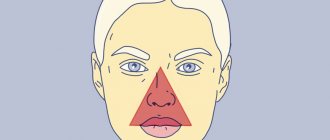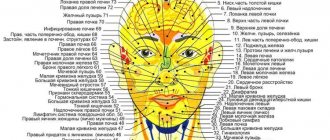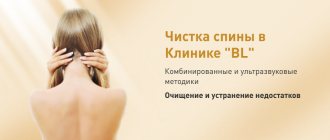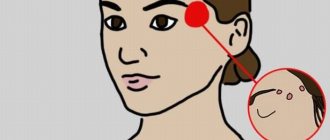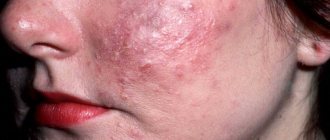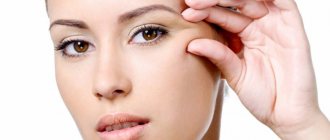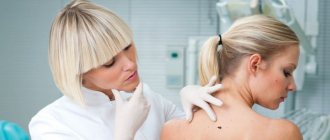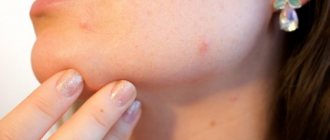Modern trends to look decent in society often run counter to maintaining health. Starting from adolescence, 95% of girls try to get rid of the hated rash. Pimples are ripped off with fingernails, pierced with needles - there are many ways to make fun of your face without thinking about the consequences at all. If you conduct a survey “why do pimples crush?”, the answer will be the same: it’s ugly. Meanwhile, an activity that seems innocent at first glance can even lead to death if the rash is located in a certain location. It is necessary to convey information to children (and adults) as often as possible to consider whether to squeeze pimples or get rid of them using safe methods. Facial care should be competent and safe!
Why are dermatologists against us popping pimples ourselves?
Because most of us don't know how to do it correctly to avoid consequences. All of them are unpleasant, painful and only worsen the appearance of the skin: if you use your fingers or, worse, nails, there is a risk of infection, and the damage can turn into a scar.
There is an area on the face with the ominous name “triangle of death”. This is not a medical name, but a colloquial name. The zone is a figure with a base at the corners of the lips and a peak at the back of the nose. In this area, due to the peculiarity of the blood supply, it is dangerous to squeeze pimples, since there is a connection with the blood vessels of the brain. If an infection is introduced through a wound, the microbes travel through the blood directly to the brain - this is how meningitis develops. This happens rarely, up to one and a half cases per 100 thousand people per year, but it is better not to touch acne in the area of the death triangle.
In other areas of the face, the worst thing that can happen if you do not follow safety precautions is a staphylococcal infection. According to statistics, this happens in 200 cases per year per 100 thousand people. Symptoms: the face is swollen, red and very painful, and you cannot do without the help of a doctor.
If you follow the rules of hygiene and arm yourself with an arsenal of effective remedies, you can squeeze out a small pimple at home. But first, we’ll tell you which pimples are best left untouched.
Home care for problem skin
When caring for your skin, maximum attention should be paid to cleansing. Currently, gel-based washes with a high pH are widespread. They irritate the skin less, but often “under-wash” it. This can be easily determined by running your finger over your cheek after washing your face. Ideally, clean skin resists and literally “creaks” from cleanliness. If the skin is not sufficiently cleansed, there will be a “film” feeling. Therefore, experienced dermatologists often recommend that their patients wash their face with... soap. But the choice of soap is also a responsible matter; varieties with moisturizing components are absolutely not suitable. There are also gels that wash the skin well, but it is better to entrust their choice to a dermatologist.
The choice of care product is also of great importance. Problem skin does not tolerate creams with a dense texture, since the mouths of the glands immediately become clogged with the fatty base of the cream. At the same time, alcohol and other drying “rubs”, “burners” and cleansers severely dehydrate the skin. This leads to the development of the phenomenon of so-called “oily dry skin” - the mouths of the glands are clogged with sebum, and the surface of the skin is overdried. The ideal choice in this case is a light gel-based serum with no or minimal fat content. It is also better to entrust the choice of serum to a dermatocosmetologist. Sometimes it's best to choose a serum that's marketed as "anti-aging" even though it contains great anti-acne ingredients.
Which pimples should never be squeezed?
First you need to define what you call a pimple. This word is more colloquial; it is correct to call the disease acne.
| Non-inflammatory forms of acne | Inflammatory forms of acne |
| Open comedones - blackheads Closed comedones - whiteheads | Papules - small reddish bumps Pustules - similar to papules, only with a white shaft at the top Nodules - large, hard, painful growths under the skin Cysts - the most severe type of acne, pimples filled with pus under the skin |
Acne can look different.
There are several types. The pictures above show what acne looks like on the face, and below show how one or another type is formed in the skin. Comedones are just pores clogged with sebaceous secretions and particles of dead skin. There is no inflammation in them, so there is no point in squeezing them out. To cleanse your skin of comedones, you need to provide it with three mandatory steps. This is cleansing, moisturizing and sun protection.
